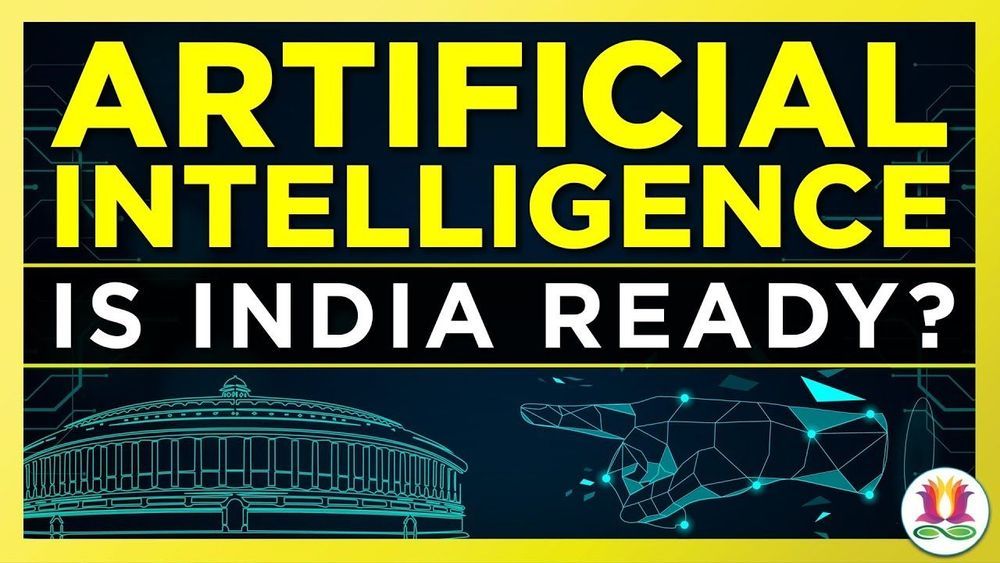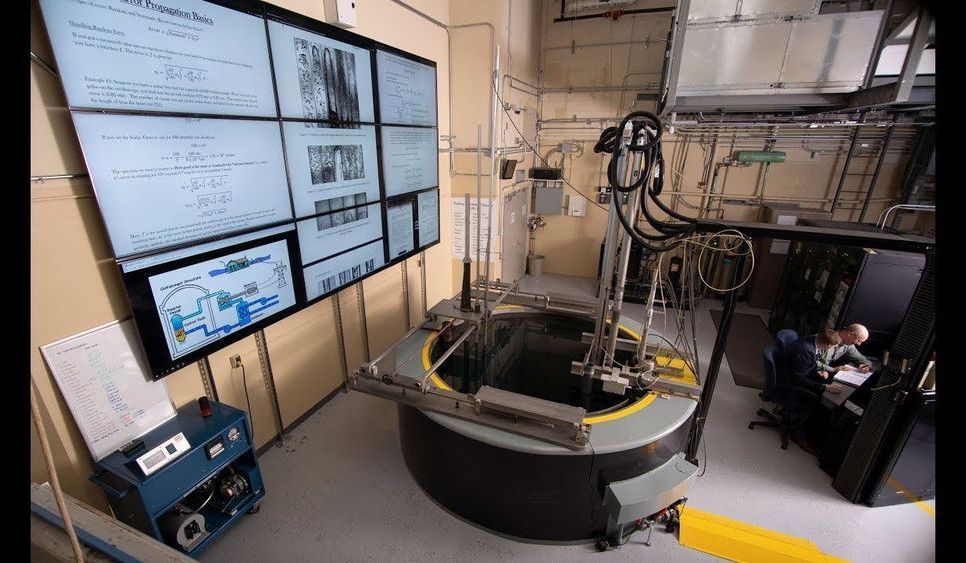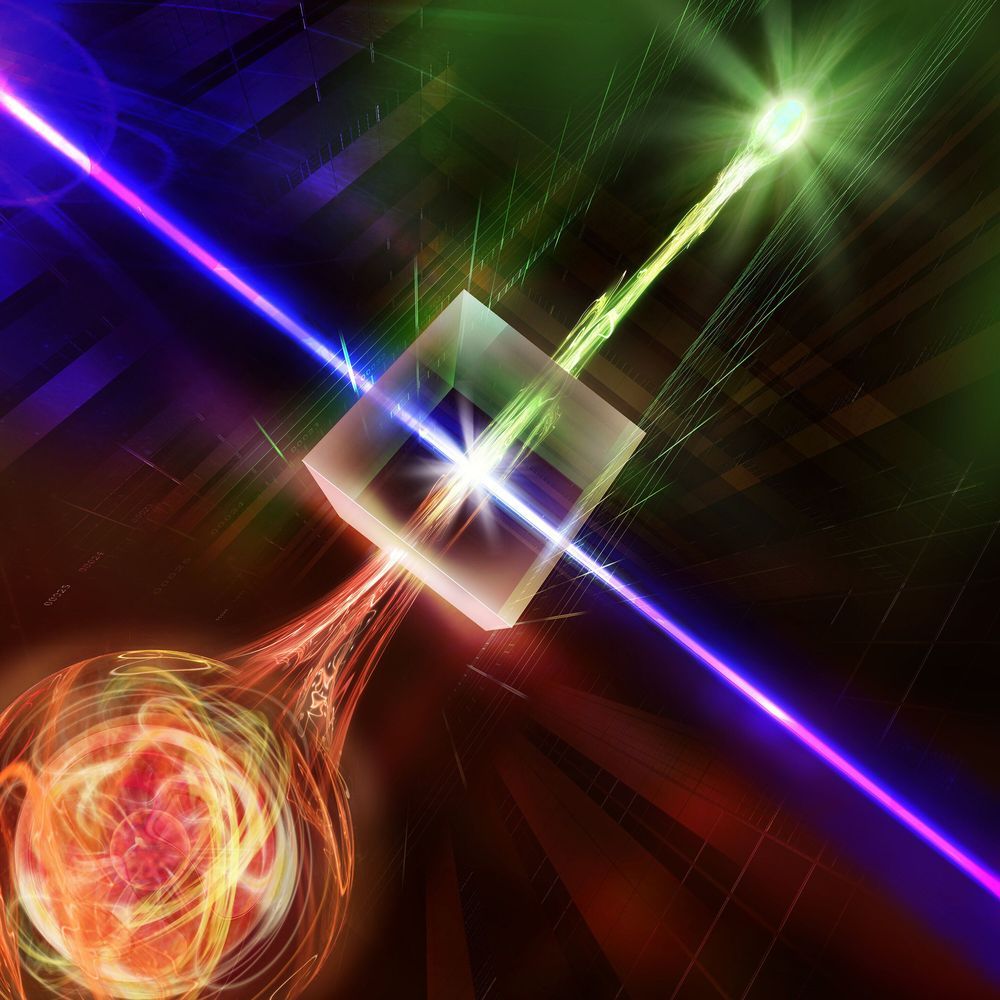Financial analysts are looking at Elon Musk’s plans to surround Earth with thousands of high-speed internet satellites — and they see a lot of green.



SHA-256 is a one way hashing algorithm. Cracking it would have tectonic implications for consumers, business and all aspects of government including the military.
It’s not the purpose of this post to explain encryption, AES or SHA-256, but here is a brief description of SHA-256. Normally, I place reference links in-line or at the end of a post. But let’s get this out of the way up front:
One day after Treadwell Stanton DuPont claimed that a secret project cracked SHA-256 more than one year ago, they back-tracked. Rescinding the original claim, they announced that an equipment flaw caused them to incorrectly conclude that they had algorithmically cracked SHA-256.
“All sectors can still sleep quietly tonight,” said CEO Mike Wallace. “Preliminary results in this cryptanalytic research led us to believe we were successful, but this flaw finally proved otherwise.”
Yeah, sure! Why not sell me that bridge in Brooklyn while you backtrack?
The new claim makes no sense at all—a retraction of an earlier claim about a discovery by a crack team of research scientists (pun intended). The clues offered in the original claim, which was issued just one day earlier, cast suspicion on the retraction. Something fishy is going on here. Who pressured DuPont into making the retraction—and for what purpose? Something smells rotten in Denmark!
Let’s deconstruct this mess by reviewing the basic facts:

Waitacottenpickensec, Mr. DuPont!! The flaw (an ‘equipment issue’) was discovered a year after the equipment was configured and used—but just one day after you finally decided to disclose their past discovery? Poppycock!
I am not given to conspiracy theories (a faked moon landing, suppressing perpetual motion technology, autism & vaccinations, etc)—But I recognize government pressure when I see it! Someone with guns and persuasion convinced DuPont to rescind the claim and offer a silly experimental error.
Consider the fallout, if SHA-256 were to suddenly lose public confidence…

I understand why DuPont would boast of an impressive technical feat. Cracking AES, SSL or SHA-256 has become an international contest with bragging rights. But, I cannot imagine a reason to wait one year before disclosing the achievement. This, alone, does not create a conundrum. Perhaps DuPont was truly concerned that it would undermine trust in everyday communications, financial transactions and identity/access verification…
But retracting the claim immediately after disclosing it makes no sense at all. There is only one rational explanation. The original claim undermines the interests of some entity that has the power or influence to demand a retraction. It’s difficult to look at this any other way.
What about the everyday business of TS DuPont?
If the purpose of the original announcement was to generate press for DuPont’s financial services, then they have succeeded. An old axiom says that any press is good press. In this case, I don’t think so! Despite the potential for increased name recognition (Who knew that any DuPont was into brokerage & financial services?) I am not likely to think positively of TS DuPont for my investment needs.
* The cryptographic community could not challenge DuPont’s original claim, because it was not accompanied by any explanation of tools, experimental technique or mathematical methodology. Recognizing that SHA-256 is baked into the global infrastructure banking, of commerce and communications, their opaque announcement was designed to protect the economy. Thank you, Mr. DuPont, for being so noble!
Philip Raymond co-chairs CRYPSA, hosts the Bitcoin Event and is keynote speaker at Cryptocurrency Conferences. He is a top writer at Quora.

The competition between the United States and China on artificial intelligence is heating up recently. In the coming AI Race, can India with an abundance of engineering talent really catch up with the US and China?
Artificial Intelligence, Machine Learning, Robotics, and The Internet of Things (IoT) are one of the rapidly advancing technological developments. The rate of progress in the field of these is amazingly rapid. From SIRI to self-driving cars, artificial intelligence is changing our daily life in many ways.
India is on course to become the third-largest economy in the world (by GDP) within the next few years according to MIT Technology Review. Indian government released a report on artificial intelligence in 2018 that calls for the country to boost investment and focus on deploying the technology in manufacturing, health care, agriculture, education, and public utilities. Currently, around 400 new companies in India have put resources into work including artificial intelligence and machine learning.
The second half of humanity is joining the internet. People in countries like India will change the internet, and it will change them. Read more from The Economist here: https://econ.st/2zVWeQQ
Click here to subscribe to The Economist on YouTube: https://econ.st/2xvTKdy
L.O. Two simple letters that marked one of the biggest changes in human history. In 1969 programmers were trying to type “login”.
50 years later and half the world is now online. But that half is primarily from the rich world. How will the second half of humanity coming online change the internet and how will the internet change them?
India’s internet penetration was pretty low until very recently with the launch of a new mobile network called Reliance Jio, with incredibly cheap phones and incredibly cheap data prices. Reliance Jio launched aggressively in 2016 offering subsidised handsets and free data to hook people in. India went from being a relatively expensive place to consume data to being the cheapest in the world. Prices crashed by 94%
Newer users in the developing world are browsing the internet in much the same way as people in the developed world.

This assumes information transfer between humans is frictionless, which it is not. At least not currently. We could easily address this, but no one is listening:-) QED.
Italians are some of the fastest speakers on the planet, chattering at up to nine syllables per second. Many Germans, on the other hand, are slow enunciators, delivering five to six syllables in the same amount of time. Yet in any given minute, Italians and Germans convey roughly the same amount of information, according to a new study. Indeed, no matter how fast or slowly languages are spoken, they tend to transmit information at about the same rate: 39 bits per second, about twice the speed of Morse code.
“This is pretty solid stuff,” says Bart de Boer, an evolutionary linguist who studies speech production at the Free University of Brussels, but was not involved in the work. Language lovers have long suspected that information-heavy languages—those that pack more information about tense, gender, and speaker into smaller units, for example—move slowly to make up for their density of information, he says, whereas information-light languages such as Italian can gallop along at a much faster pace. But until now, no one had the data to prove it.
Scientists started with written texts from 17 languages, including English, Italian, Japanese, and Vietnamese. They calculated the information density of each language in bits—the same unit that describes how quickly your cellphone, laptop, or computer modem transmits information. They found that Japanese, which has only 643 syllables, had an information density of about 5 bits per syllable, whereas English, with its 6949 syllables, had a density of just over 7 bits per syllable. Vietnamese, with its complex system of six tones (each of which can further differentiate a syllable), topped the charts at 8 bits per syllable.
When practical quantum computing finally arrives, it will have the power to crack the standard digital codes that safeguard online privacy and security for governments, corporations, and virtually everyone who uses the Internet. That’s why a U.S. government agency has challenged researchers to develop a new generation of quantum-resistant cryptographic algorithms.
Many experts don ’t expect a quantum computer capable of performing the complex calculations required to crack modern cryptography standards to become a reality within the next 10 years. But the U.S. National Institute of Standards and Technology (NIST) wants to stay ahead by getting new cryptographic standards ready by 2022. The agency is overseeing the second phase of its Post-Quantum Cryptography Standardization Process to narrow down the best candidates for quantum-resistant algorithms that can replace modern cryptography.
“Currently intractable computational problems that protect widely-deployed cryptosystems, such as RSA and Elliptic Curve-based schemes, are expected to become solvable,” says Rafael Misoczki, a cryptographer at the Intel Corporation and a member of two teams (named Bike and Classic McEliece) involved in the NIST process. “This means that quantum computers have the potential to eventually break most secure communications on the planet.”

“We can send signals to areas, such as schools in developing countries, that do not have the luxury of their own nuclear reactor facility and the associated educational infrastructure.” said Seungjin Kim, head of the Purdue’s School of Nuclear Engineering, in a July announcement. “As long as they have internet and this partnership with Purdue, they can see and study how the reactor works.”
PUR-1’s completion comes amidst a hunt for the next generation of nuclear tech. There are traveling wave reactors, which would hypothetically consume today’s nuclear waste and has garnered the interest of investors like Bill Gates. Then there are thorium reactors, which would would use less uranium and produce far less waste in the first place and has been promoted by Democratic presidential candidate Andrew Yang. Neither technology has been put into civilian practice yet.
For now, the digital nuclear plant is here. While it likely won’t revolutionize the industry as the other two technologies could, digitization might make plants run more efficiently and drive a low risk of accident even lower.

Safeguarding passwords, credit card numbers or cryptographic keys in computer programs will require less computational work in the future. Researchers at the Max Planck Institute for Software Systems in Kaiserslautern and Saarbrücken have come up with a new technology called ERIM to isolate software components from each other. This allows sensitive data to be protected from hackers when the data is processed by online services, for example. The new method has three to five times less computational overhead than the previous best isolation technology, making it more practical for online services to use the technology. This was reason enough for USENIX, a US-American computing systems association, and Facebook to award their 2019 Internet Defense Prize to the researchers.
Computer programs are like a fortress. Just as a fortress is protected by thick walls, moats and iron gates, firewalls and other security technologies prevent cyber criminals from maliciously exploiting software apps. And just as one poorly guarded gate or a supposedly secret escape tunnel may allow besiegers to capture a castle, all hackers need is a small security gap to gain access to all components of a software. In the worst case, they can then get their hands on the data that grants them access to user accounts or even allow them to make credit card payments. For example, the Heartbleed bug in the widely used OpenSSL encryption software made user names and passwords of various online services and programs vulnerable to hackers.

BEIJING, April 26, 2019 /PRNewswire/ — The real estate industry is accelerating its transformation from building development to community operation. Today, with the rapid development of 5G and artificial intelligence technology, real estate developers are focusing on diversified business transitions. Creating smart communities by introducing innovative technologies such as big data and artificial intelligence into the development and operation of real estate projects. A real estate developer in China and the cloud intelligent robot operator CloudMinds signed a cooperation agreement, and CloudMinds will provide hundreds of cloud intelligent robots to help the customer build a new generation of smart communities.
CloudMinds is the world’s first cloud intelligent robot operator, and has been committed to the implementation of artificial intelligence technology using robots and all types of smart devices. Utilizing the leading cloud intelligent robot solution, CloudMinds built a smart cloud platform based on HARIX architecture for the customer and will offer variety of services including smart building, smart security, smart property management etc. CloudMinds’ full range of intelligent robots are also deployed in many scenarios such as hospitality, reception, security, patrol, smart doorman etc.

The quantum internet promises absolutely tap-proof communication and powerful distributed sensor networks for new science and technology. However, because quantum information cannot be copied, it is not possible to send this information over a classical network. Quantum information must be transmitted by quantum particles, and special interfaces are required for this. The Innsbruck-based experimental physicist Ben Lanyon, who was awarded the Austrian START Prize in 2015 for his research, is investigating these important intersections of a future quantum Internet.
Now his team at the Department of Experimental Physics at the University of Innsbruck and at the Institute of Quantum Optics and Quantum Information of the Austrian Academy of Sciences has achieved a record for the transfer of quantum entanglement between matter and light. For the first time, a distance of 50 kilometers was covered using fiber optic cables. “This is two orders of magnitude further than was previously possible and is a practical distance to start building inter-city quantum networks,” says Ben Lanyon.